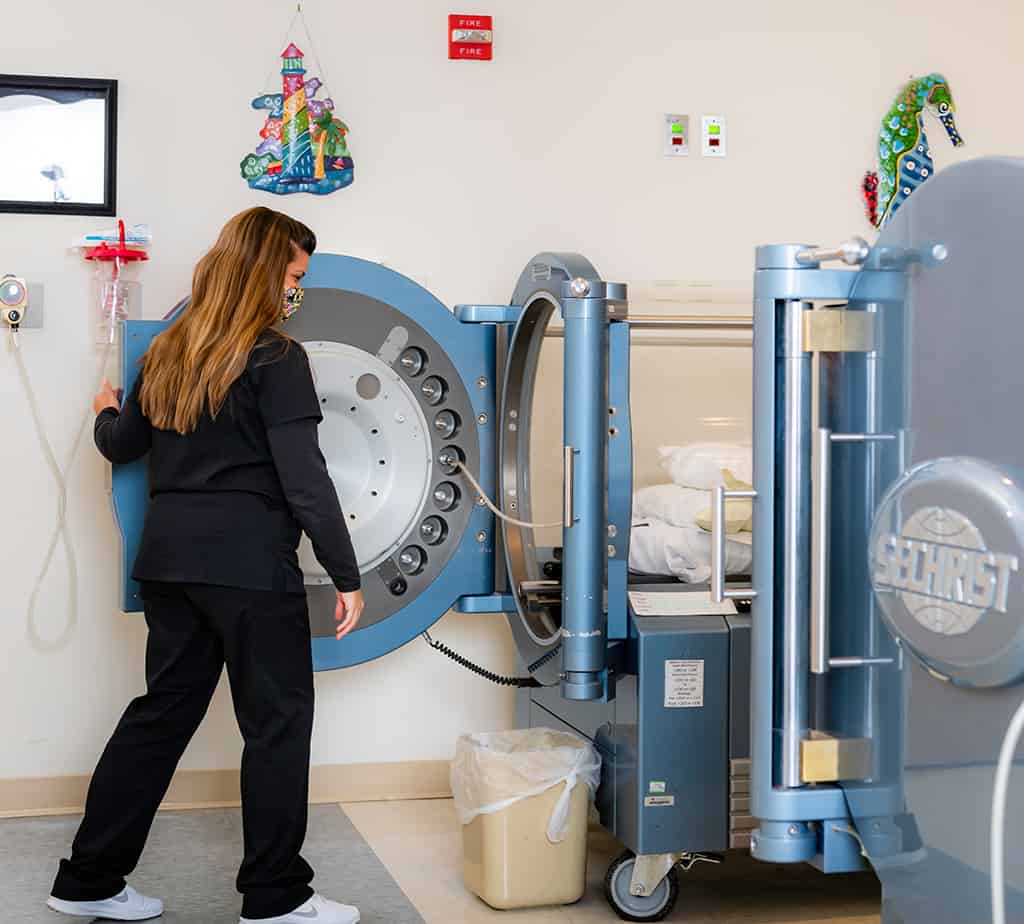Decompression Sickness
Hyperbaric Oxygen Therapy (HBOT) for Decompression Sickness | Fayetteville, NC
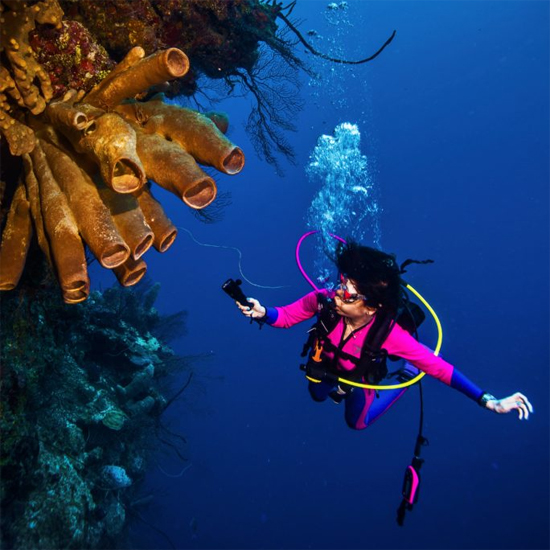
Decompression Sickness
When scuba diving, additional oxygen and nitrogen dissolve in body tissues. The additional oxygen is consumed by the tissues, but the excess nitrogen must be washed out by the blood during decompression. During or after ascent this excess nitrogen gas can form bubbles in the tissues, analogous to the carbon dioxide bubbles that form when a carbonated beverage container is opened. These bubbles may then cause symptoms that are referred to as decompression sickness (“DCS” or “the bends”).
Trapping of gas within the lungs during ascent, either because the lung is diseased or because of breath-holding, can cause bubbles to be forced into the bloodstream (“arterial gas embolism” or “AGE”), where they can block the flow of blood or damage the lining of blood vessels supplying critical organs such as the brain. The success of hyperbaric oxygen treatment for DCS or AGE has borne the test of time, and continues to be the standard of care for the treatment of these disorders.
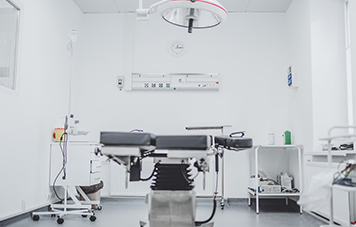
HBOT helps white blood cells kill bacteria, and help osteoclast clean up the dead and infected bone. Once the infection is under control and all the dead bone is gone, new bone is laid down by osteoclasts. These processes require high levels of oxygen to function optimally. HBOT also helps antibiotics work better, and in conjunction with some antibiotics, helps eradicate the biofilms that form in many of these cases.

INCREASES WHITE BLOOD
CELL EFFECTIVENESS
IMPROVES QUALITY
OF LIFE IN PATIENTS
STIMULATES RELEASE
OF STEM CELLS

MOST CONDITIONS
COVERED BY INSURANCE
COMMONLY, THESE PATIENTS WILL RECEIVE 40-60 TREATMENTS TO CLEAR THE INFECTION.
Does a Hyperbaric Treatment Take?
Hyperbaric Oxygen Therapy (HBOT) is a non-invasive medical treatment administered by delivering 100% oxygen at pressures greater than two to three times the normal atmospheric (sea level) pressure to a patient in a chamber. Most HBOT treatments generally take about 2 hours. Treatments for some indications can last up to 4 hours. Serious diving injuries can require a treatment for longer than 5 hours. The hyperbaric physician will determine how long each patient’s HBOT treatment will last.
